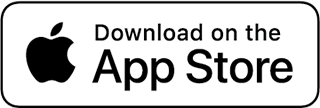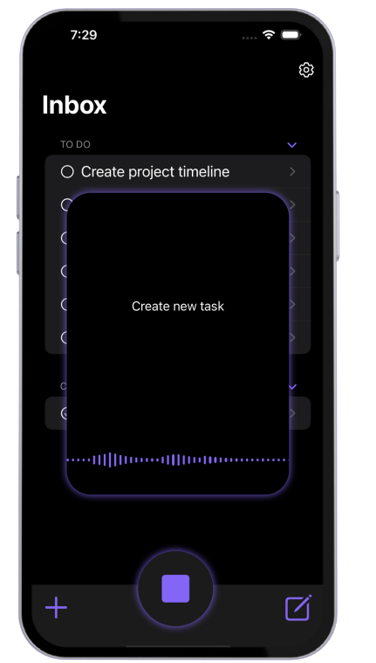Meetings are no longer where work happens — in fact, they’re often what gets in the way of real work. As remote and hybrid teams search for more efficient ways to collaborate, asynchronous communication is quietly taking over.
From silent meetings to voice notes, from shared docs to task-based threads, we’re witnessing a shift away from constant real-time interaction toward thoughtful, deep-focus workflows.
In this article, we’ll explore why async is not just a workaround — it’s the future of work. And how tools that respect your time (and silence) are redefining productivity in 2025.
What Are Silent Meetings?
Silent meetings are structured gatherings where participants remain quiet for a defined portion of the meeting — typically using that time to read, reflect, or contribute asynchronously in a shared document or chat.
This format was popularized by companies like Amazon, where meetings often begin with 10–15 minutes of silent reading and note-taking instead of status updates or verbal presentations. The idea? Silence encourages deeper thinking, gives everyone equal time to absorb information, and reduces the dominance of louder voices.
But today, silent meetings are evolving beyond just team culture — they’re becoming a response to meeting fatigue, context switching, and productivity burnout. As teams grow more distributed and time zones more diverse, forcing everyone to talk in real time often hurts more than it helps.
Why Asynchronous Work Is On the Rise
In an era of global teams, constant notifications, and calendar overload, Asynchronous work — including tools like voice notes, silent meetings, and shared docs — is gaining ground as a healthier, more sustainable way to get things done.
Unlike real-time meetings or instant replies, async communication lets people respond on their own schedule — with more clarity, less pressure, and fewer interruptions. Whether it’s replying to a message hours later, leaving a voice note instead of booking a Zoom call, or writing a shared document rather than talking it out live, the asynchronous work model allows progress without the pressure of constant availability — a key reason why silent meetings and async tools are gaining traction.
Companies are now realizing that deep work and real-time collaboration often don’t mix. Constant availability fragments attention, increases cognitive load, and leads to burnout. Async workflows, on the other hand, allow for focused thinking, better-written communication, and a more respectful use of time — especially in remote or hybrid setups.
The Problems With Real-Time Everything
Real-time communication once felt revolutionary — but now, it often feels overwhelming. The expectation to respond immediately, stay available all day, and attend back-to-back meetings has become a recipe for burnout, especially in remote and hybrid teams.
The problem isn’t communication itself — it’s the urgency culture that real-time tools have normalized. Pings, pop-ups, “just a quick call” messages — they all interrupt flow. They pull people out of deep work, replace intentional thought with knee-jerk responses, and create a false sense of productivity.
Even well-meaning real-time meetings often lead to poor decision-making. People speak before they think, louder voices dominate, and participants walk away without clarity or follow-up. In contrast, asynchronous formats create space for thought, nuance, and more inclusive participation.
Why Voice Notes Are the Sweet Spot Between Sync and Async
For teams trying to move away from constant meetings but still craving a more human, expressive way to communicate, voice notes have emerged as a surprisingly effective middle ground.
Unlike typing, speaking allows for emotion, tone, and nuance — while still being asynchronous by nature. You don’t have to schedule a call or block your calendar. You just speak, send, and move on. The recipient listens when they’re ready — and responds on their own time.
This is where tools like Vozly come in. Vozly is a voice-first productivity app that lets you capture your thoughts, tasks, and reminders simply by speaking. But instead of saving raw audio, it converts your voice into clear, organized to-dos and notes using speech-to-text technology — keeping things structured, searchable, and actionable.
In async work cultures, this kind of voice-powered mental offloading can reduce cognitive overload and create space for deeper, more focused thinking. You get the ease of talking, the clarity of writing, and none of the chaos of real-time interruption.
How to Transition Your Team to Async Work
Moving from a meeting-heavy, always-on culture to an asynchronous workflow doesn’t happen overnight. It requires a mindset shift, the right tools, and clear team agreements. But once implemented, the benefits — increased focus, reduced stress, and more thoughtful communication — make it worth the effort.
Here are a few steps to help your team make the switch:
🔹 Start with silent meetings: Introduce short sessions where reading, commenting, or note-taking happens independently before discussion.
🔹 Choose async-friendly tools: Platforms like Notion, Loom, and Vozly support asynchronous input — whether written, visual, or voice-based.
🔹 Set clear response expectations: Not everything needs an instant reply. Normalize delayed responses and create buffers for deep work.
🔹 Use shared documents and voice notes: Instead of scheduling another Zoom call, leave a detailed voice note or collaborate in real-time documents.
🔹 Document decisions and updates: Keep outcomes and notes accessible so that no one feels left out, even if they weren’t “in the room.”
Shifting to async isn’t about doing less — it’s about doing things better, with more intention and less noise.
Conclusion — Less Noise, More Thought
The modern workplace doesn’t suffer from a lack of tools — it suffers from too much noise. Meetings that could’ve been messages. Messages that didn’t need a reply. Real-time conversations that drained more than they delivered.
Asynchronous work isn’t just a productivity strategy — it’s a mindset shift. One that values thought over speed, clarity over urgency, and quiet over chaos.
As tools like Vozly show, even a simple voice note can become a powerful step toward more intentional work. When you speak instead of schedule, when you reflect instead of react, you give yourself — and your team — the space to think.
And in a world full of noise, that kind of silence might just be your biggest advantage.



